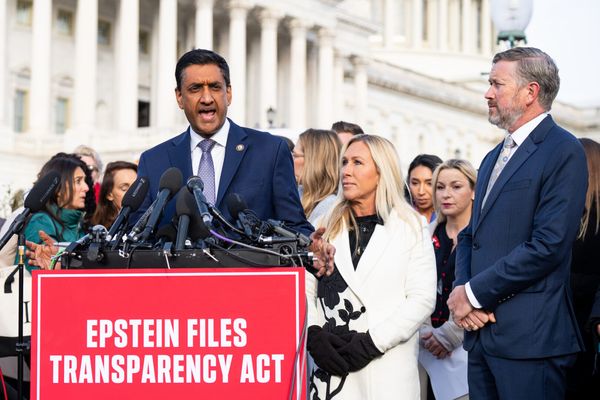
Some people wake up to find their home insurance policy canceled. Others try to buy coverage and get denied. It’s not just bad luck. More and more, major insurers are pulling out of certain zip codes. This isn’t just happening in wildfire-prone California or hurricane-hit Florida. It’s spreading to places that never used to worry about insurance at all. If you own a home, rent, or just want to understand what’s going on, this matters. Here’s why some zip codes are now off-limits for big insurance companies—and what you can do about it.
1. Climate Risks Are Changing Fast
The weather is getting more extreme. Wildfires, floods, hurricanes, and hailstorms are hitting harder and more often. Insurers use data to predict risk, but the old models don’t work as well anymore. When a single storm wipes out hundreds of homes, the losses add up fast. Some companies decide it’s just not worth the risk. They stop offering new policies or even cancel existing ones in high-risk zip codes. If you live in an area with more wildfires, floods, or storms than before, you might find it harder to get coverage. This isn’t just a problem for people in obvious danger zones. Even places that never used to flood are now seeing more claims.
2. Reinsurance Costs Are Skyrocketing
Insurance companies don’t carry all the risk themselves. They buy “reinsurance” to protect against big disasters. But reinsurance is getting more expensive. When reinsurers raise their prices, insurers have to pay more to cover the same homes. Sometimes, the cost is so high that it doesn’t make sense to keep offering policies in certain zip codes. This is especially true in places hit by repeated disasters. If your area has seen several big claims in a few years, your insurer might decide to leave. This isn’t just about one company’s decision. It’s a chain reaction that affects everyone in the area.
3. State Regulations Can Limit Flexibility
Some states have strict rules about how much insurers can charge. That sounds good for consumers, but it can backfire. If insurers can’t raise rates to match the real risk, they might lose money. Instead of taking a loss, they sometimes pull out of entire zip codes or states. This leaves homeowners scrambling for coverage. In some cases, state-run insurance pools step in, but these policies can be expensive and offer less protection. If you live in a state with tight insurance rules, you might see fewer options in your zip code.
4. High Claim Payouts in Certain Areas
Some zip codes have a history of big insurance claims. Maybe it’s because of weather, crime, or even lawsuits. When insurers pay out more than they collect in premiums, they have to make a choice. They can raise rates, limit coverage, or leave the area. In many cases, they choose to stop writing new policies or renewals in those zip codes. This isn’t always about natural disasters. Sometimes, it’s about theft, vandalism, or even water damage from old pipes. If your neighborhood has a lot of claims, you could be at risk of losing your coverage.
5. Building Costs and Supply Chain Issues
It costs more to rebuild a home now than it did a few years ago. Lumber, labor, and materials are all more expensive. When a disaster hits, insurers have to pay these higher costs. If they can’t raise premiums to match, they might decide to stop offering coverage in areas where rebuilding is especially pricey. Supply chain problems make it even harder. If it takes longer and costs more to fix homes, insurers face bigger losses. Some zip codes, especially in fast-growing or remote areas, are seeing insurers pull out for this reason.
6. Fraud and Litigation Hotspots
Some areas see more insurance fraud or lawsuits than others. This can drive up costs for everyone. If a zip code becomes known for fraudulent claims or frequent legal battles, insurers may decide it’s not worth the trouble. They might stop offering coverage or add strict requirements. This can leave honest homeowners stuck with higher bills or no coverage at all. If you live in a place with a reputation for lawsuits or scams, your options may shrink.
7. Shifting Demographics and Urban Development
As cities grow and change, so do the risks. New construction, denser housing, and changing populations can all affect insurance decisions. Sometimes, a zip code that was once low-risk becomes more expensive to insure. Maybe there’s more traffic, more crime, or just more people. Insurers monitor these trends and adjust their coverage accordingly. If your area is experiencing rapid growth or undergoing other changes, you may also notice adjustments to your insurance options.
8. What You Can Do If Your Zip Code Is Affected
If you find yourself in a zip code that insurers are leaving, don’t panic. Start by shopping around. Some smaller or regional insurers may still offer coverage. Check if your state has a “last resort” insurance pool. These policies can be expensive, but they’re better than nothing. You can also take steps to lower your risk. Install fire alarms, upgrade your roof, or add security systems. Sometimes, these changes can help you qualify for coverage or lower your premiums. Stay informed about changes in your area, and don’t be afraid to ask questions when shopping for insurance.
Facing the New Insurance Reality
Insurance isn’t a guarantee anymore, especially in certain zip codes. The world is changing, and insurers are changing with it. If you live in an area that’s losing coverage, you’re not alone. Stay proactive, keep your home as safe as possible, and look for every option. The insurance landscape will keep shifting, but you can still protect yourself by staying informed and prepared.
Have you lost insurance coverage in your zip code? What steps did you take? Share your story in the comments.
Read More
DIY Projects That Can Void Your Homeowner’s Insurance
10 Types of Insurance You Didnt Know You Needed
The post Why Certain Zip Codes Are No Longer Being Serviced by Major Insurers appeared first on The Free Financial Advisor.







